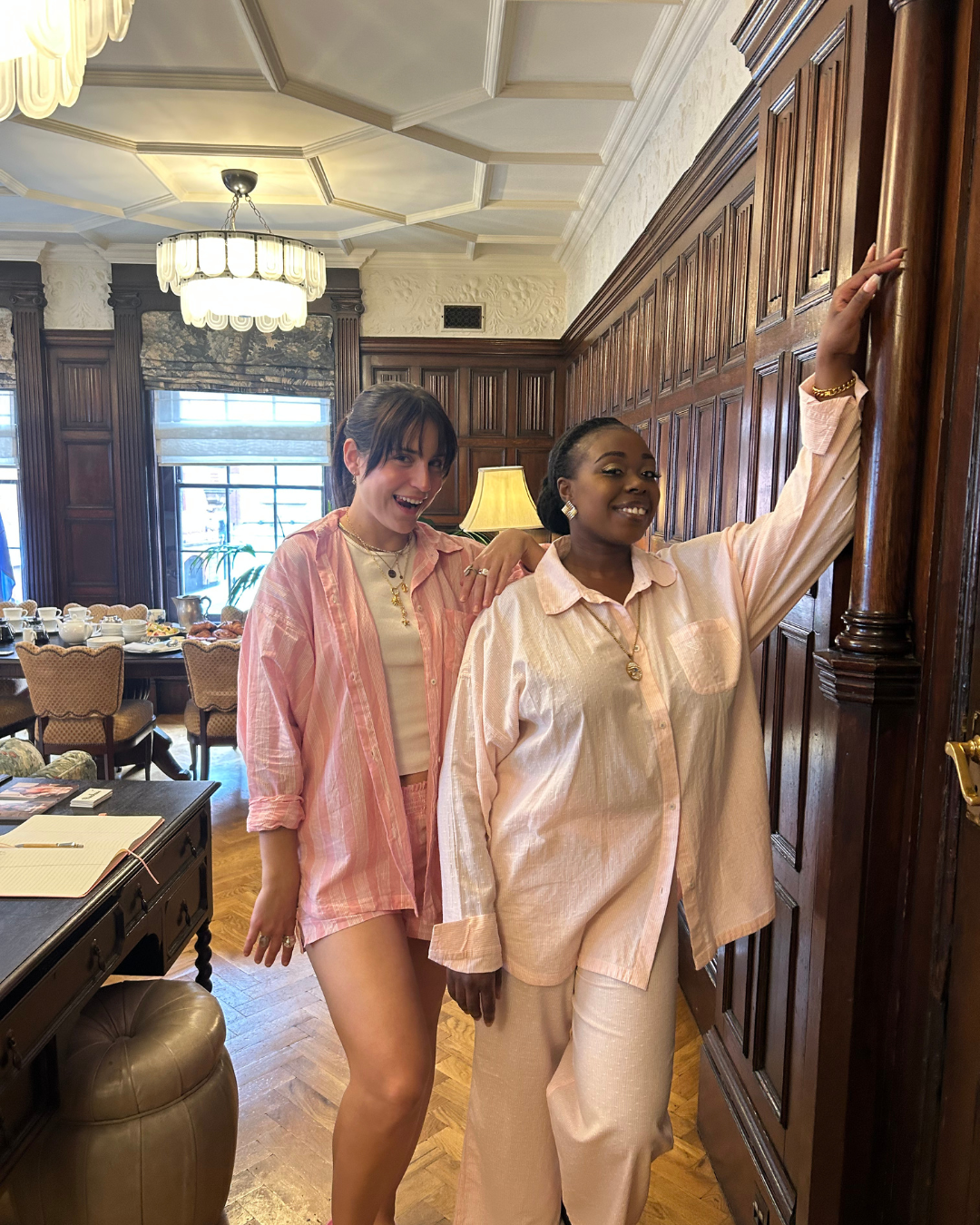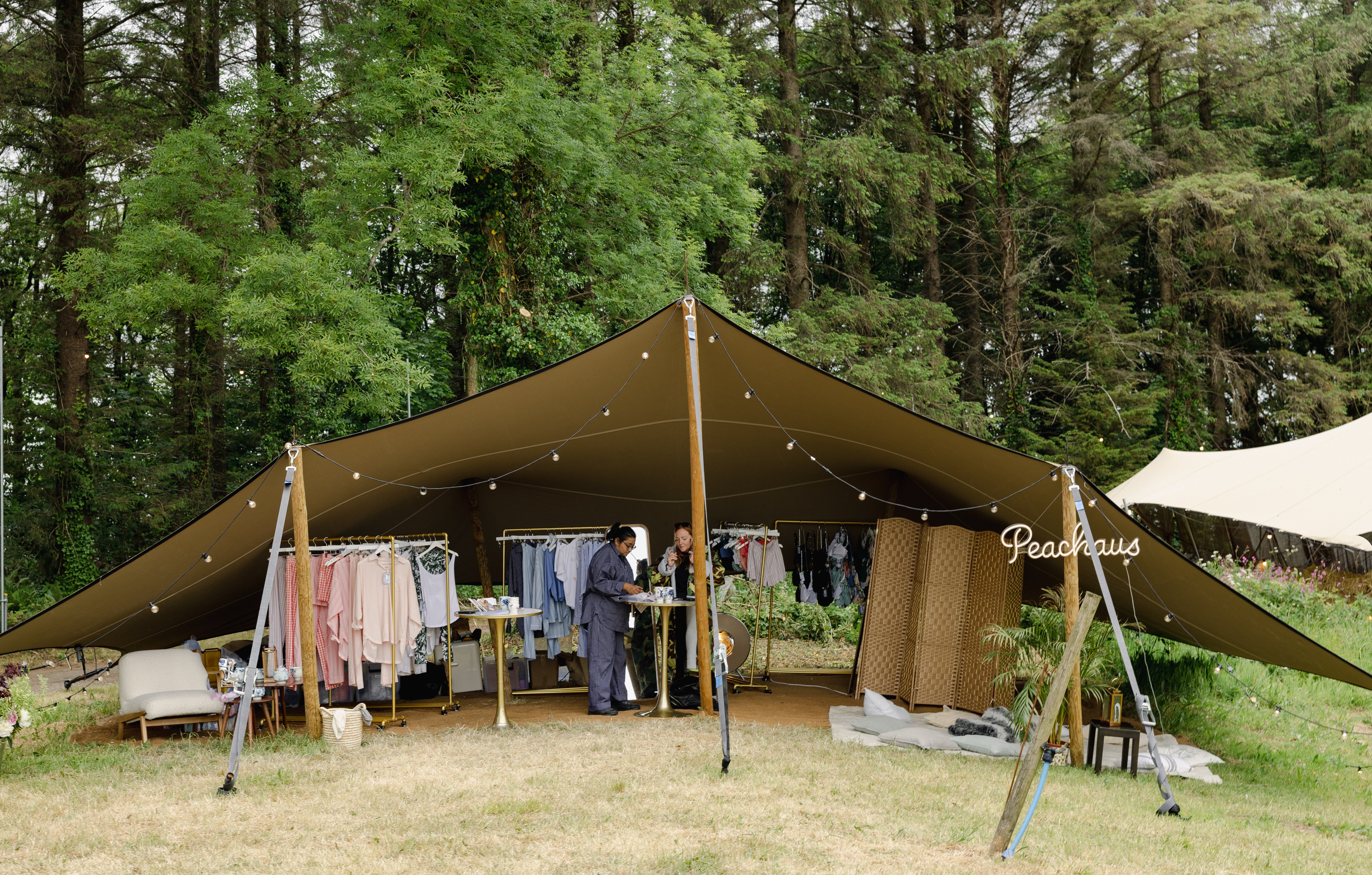
Nearly three million people in Britain live without easy access to green space. And, according to a recent study conducted by British charity Fields in Trust, about one in 24 people in the UK lives more than 10 minutes’ walk away from their nearest park.

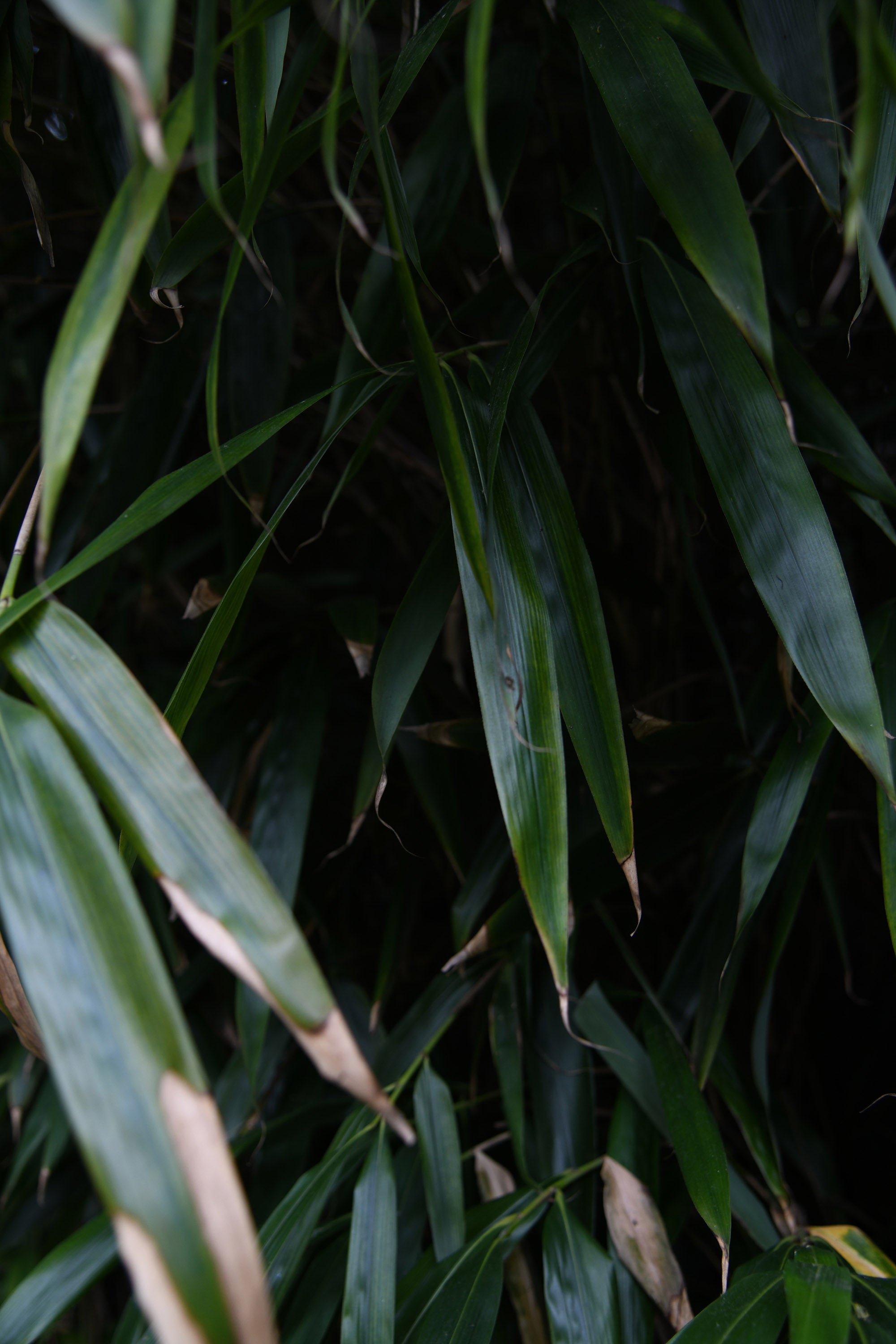
Green is a favourite colour here at Peachaus. We believe there’s no limit to the positive impact of spending time in green spaces. Carving out time to reconnect with nature, even if only for a few hours a week, is invaluable to our mental and physical health. And in the last two years, the pandemic has made us come to appreciate this even more, bringing into sharp focus just how important nature is to our daily lives. And so, what’s also crucial is not taking green space for granted, understanding that, while much of the world was locked down due to Covid-19, there were millions of people who had to go without access to nature.
We spoke to Wendy Masterton, a doctoral researcher in Social and Natural Sciences at the University of Stirling, about the importance of green spaces, the Japanese practice of “forest bathing”, inequalities in access to nature, and her work in understanding how “greenspace programmes” can benefit all of us.
“I’ve always been really interested in outdoor sports,” Wendy says. “I worked in a residential school and saw the benefit of outdoor education and the impact of nature for the kids there. A lot of the kids spoke about how the outdoor environment helped with anxiety.” Wendy was naturally drawn to studying green spaces, particularly nature’s benefits for mental health, which are already well documented.
“Vast numbers of studies now show a link between green space and mental health, both in the UK and internationally”, she says. “What I find really interesting is that people with poorer mental health appear to benefit more than people with better mental health, so it could be really effective in reducing health inequalities.”
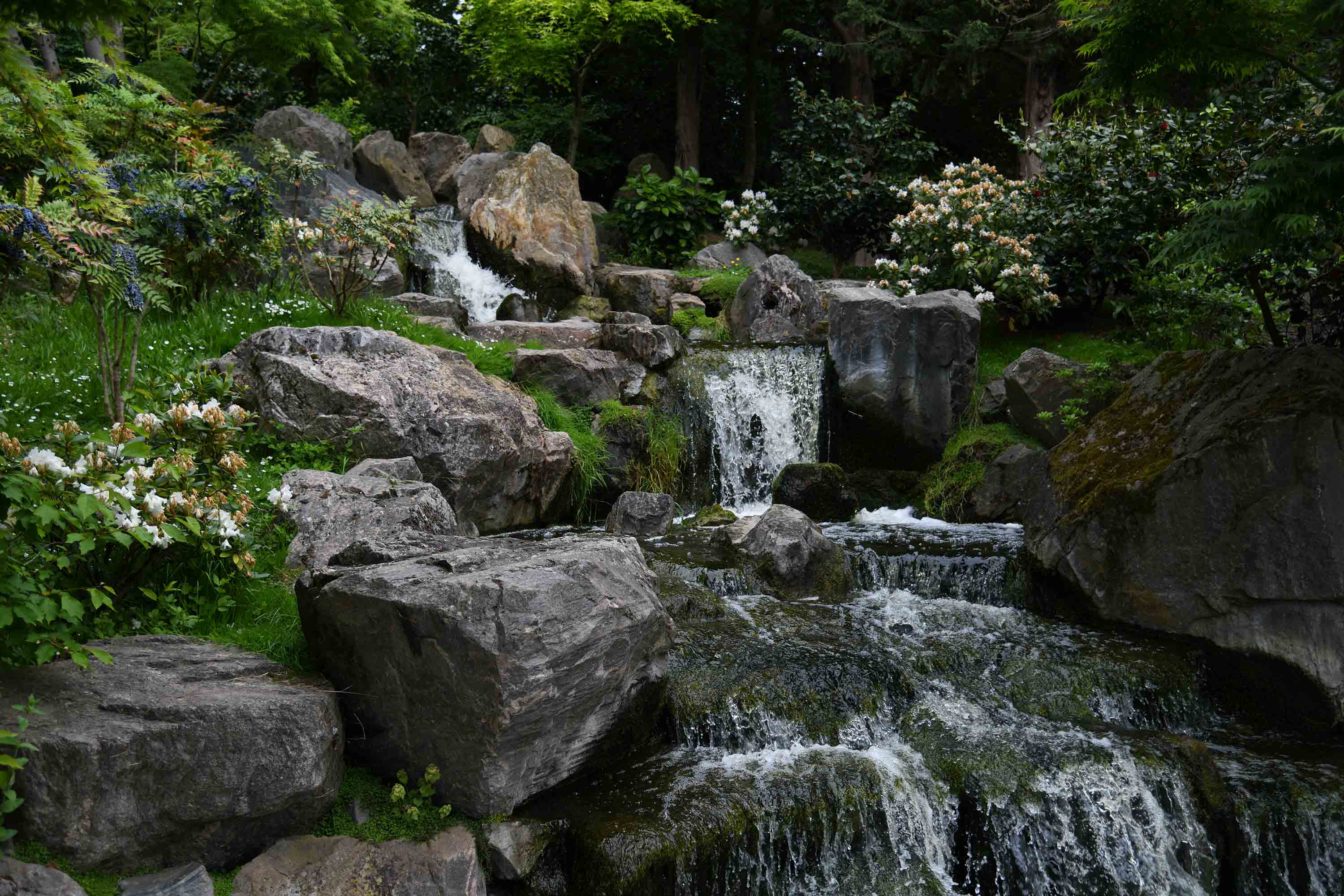
In a recent article in The Conversation, Wendy and her colleagues mention shinrin-yoku, or “forest bathing”, a Japanese concept that involves spending time surrounded by nature as a way of cleansing your mind. In 2019, the Woodland Trust made a case for shinrin-yoku being prescribed by doctors as a way of improving patients’ wellbeing. Kate Middleton is among its proponents.
Wendy is working towards establishing what she calls “nature-based interventions”. These are designed to improve people’s mental health through things like shinrin-yoku, gardening, walking and horticultural therapy. As Wendy points out, the pandemic has given many of us a renewed appreciation of nature.
“The pandemic allowed me the time to go outside and to explore new areas, once restrictions were relaxed a little and we were able to move around outside more freely”, she says. “Like many people, daily walks and weekend walks were what separated the days from each other and also a means of seeing people.”
But Wendy also stresses that daily trips to the park weren’t possible for everyone. “Obviously, people who were living in flats and without access to gardens were likely at a disadvantage”, she says, also pointing out other possible reasons for disparities in green space access during the pandemic. “For example, people who were anxious about leaving home, particularly those who were shielding, also those who were working frontline possibly had less time to spend in nature. Women and older adults were less likely to visit green spaces too. So, green space can be beneficial for many people, but in reality, wider inequalities can prevent the potential benefits, too.”
As Wendy and co point out in their The Conversation article, it’s often people from the poorest backgrounds who suffer most from a lack of access to green spaces. In London, for example, the wealthiest areas have about 10% more public space than the poorest areas. What’s more, nearly half of all Londoners living in deprived areas are from ethnic minority backgrounds. According to a study from 2020, black people in England are nearly four times more likely to have no access to private outdoor space than white people.
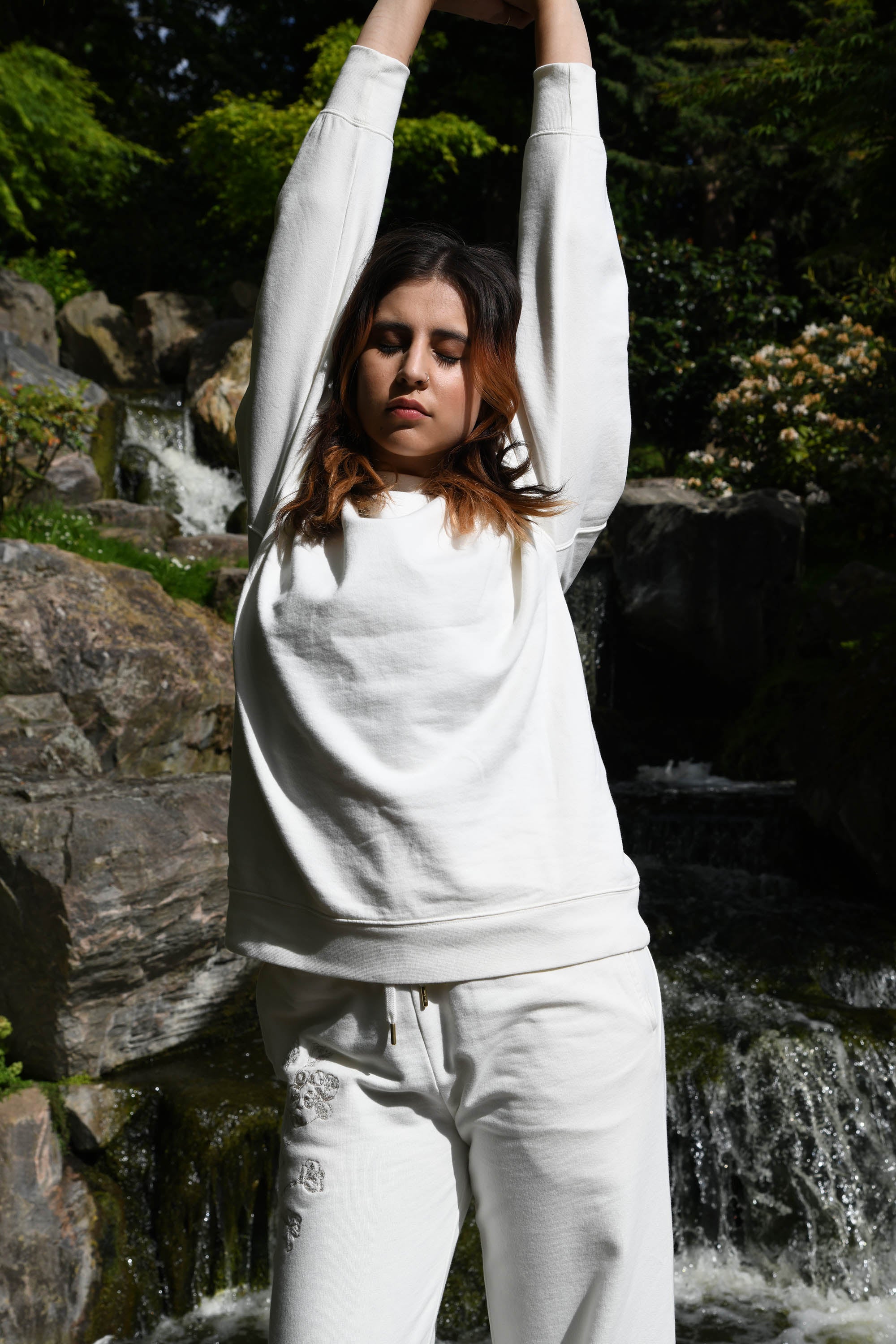

Thankfully it seems as though attitudes are changing, with some architects recognising the increasingly urgent need to design nature into housing plans. In France, Anne Lacaton and Jean-Philippe Vassal recently won a prestigious Pritzker Prize for their work designing affordable housing, including the Tour Bois-le-Prêtre in Paris, where existing rooms were extended to create balconies and winter gardens for residents.
Of her greenspace programmes, Wendy says, “There is really a need to develop ways to support people while limiting rising costs, and there are suggestions that greenspace programmes could be lower in cost than other more traditional treatment routes. So, in comparison to more individual-focused approaches, ensuring green space is maintained and looked after around community housing could benefit thousands of people, so it can potentially have a greater effect at population level.”
As for her favourite green spaces, Wendy eulogises about the Pentland Hills, a stunningly beautiful area a few miles south of Edinburgh where she lives, as well as Inverewe Garden in the Scottish Highlands, a botanical garden where exotic plants flourish thanks to the effects of the Gulf Stream.
She also mentions urban green spaces further afield, such as Barcelona’s Park Güell and Singapore’s Gardens by the Bay, reminders that nature can thrive even within a heaving city. As the world emerges from the pandemic, we hope that the lessons we’ve learned in the last two years will make us more protective of our green spaces, more appreciative of our connection with nature and more understanding of its benefits for our health.
So, head outside and spend half an hour—more if you can manage it—in nature today, and see what it can do for your mood. Better still, do it in head-to-toe Peachaus green and feel fully immersed.
Sam Davies is a freelance writer, born and raised in London. His writing has been published by the BBC, the Guardian, the Financial Times, the i, Condé Nast, Vice, Dazed & Confused and many other outlets covering all areas of culture, including music, TV, fashion and photography.



